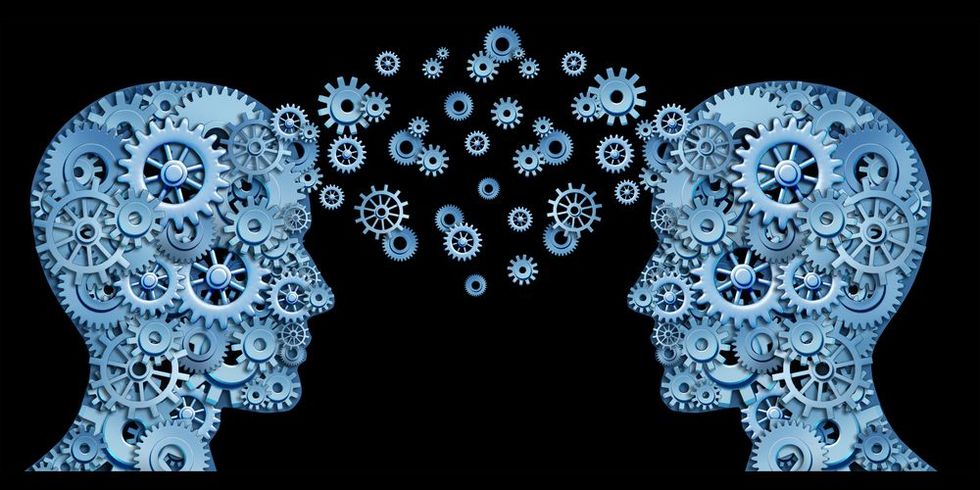I have been briefing with companies that find patterns in data. In my recent Pinchot “intensive” I was talking to students about the kind of patterns that could be found, as well as the implications for intellectual property law related to pattern recognition. Here are two concepts to thinking about:
Discovering Patterns in Data
On pattern recognition, we discussed who owns the pattern. Let’s say a media analysis firm that recommends where to place media buys rummages through television network data and demographic data and discovers a new consumer insight useful to media buyers. For the sake of argument, let’s say the data is primarily from one commercial source combined with some public data. The question is, who owns the intellectual property related to the insight, the company with the algorithm that discovered the pattern, or the company who owns the data in which the pattern exists?
I think of this as similar to the discovery of patterns in nature, which can’t be patented if they are naturally occurring. I would argue that data is the equivalent of a technology genome. It is what it is. Those who discover something in it certainly own the algorithms and the processes that led to the insight, but I’m not sure if the original data owners in which the pattern exist don’t have some right to the pattern, if they knew it existed or not. A particular genome belongs to that individual and it may well be that a data set and the patterns that exist within it belong to the owner of the data.
Now the technology companies have a standard answer for this: we did the work, we own the result. But I think that is an answer in a legal vacuum. In other words, that presumption has never been challenged so it is just their opinion or position, not a legal precedent tested in the courts.
We’ll have to watch this space.
Automating Design
The other discussion we had was on labor displacement by technology, the economics of which I will save for another post.
The supposition I made here was around hardware design. I said if manufacturing and engineering, usually leaders in making metadata available, were to apply machine learning, we could see a future where the basics of design work became automated.
Consider an Apple design system that sets constraints. An Apple designer wants to create an iPad that is 20% lighter than a previous model and runs for 30% longer, all in roughly the same space or smaller as the existing device. If available databases contain all of the metadata about components, including batteries, then in theory, the design system could suggest which components to use to meet those design criteria. It could also suggest where products don’t exist to meet the design specifications, which could then trigger internal R&D. (In today’s Apple announcement, they shared their need to invent a controller to manage pixels on the new iMac with Retina display.)
Of course, my design constraints don’t include a number of elements, like screen resolution, functional enhancements and other features, but I think in theory that these emerging machine learning platforms could manage multi-variant problems of this magnitude in the not too distant future.


